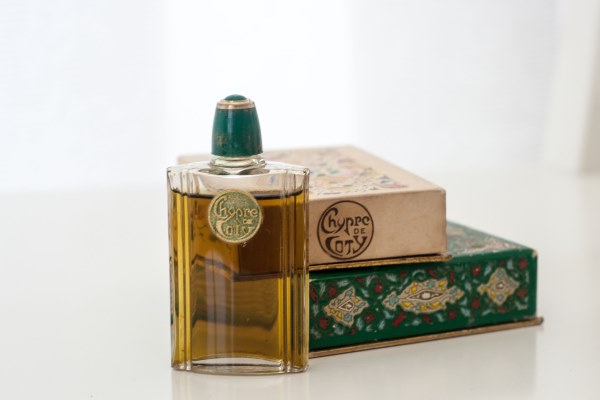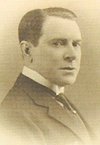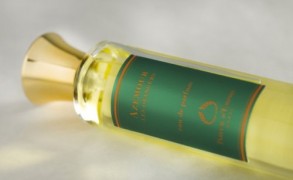Revolutionary Perfume : A Brief History of Chypre
1917 was the year when the Bolshevik Revolution took place. It was also the year when another revolution happened. It wasn’t bloody, its scale was small, but for the history of perfumery it was as galvanizing as the events in Russia for the rest of the world. This revolution was the creation of Chypre by François Coty. The name Chypre referred to the island of Cyprus, which had been famous for its fragrant moss since antiquity, and while chypre-style fragrances, warm and moss-laden, were popular long before Coty’s creation, his Chypre of 1917 was different.

For one thing, Coty wasn’t afraid of making bold statements. To give a heavy note of oakmoss radiance, he used a novel aroma-chemical called isobutyl quinoline. Pure, it smelled pungently of leather and burned rubber, but when used as part of an accord with bergamot, dry woods and moss, its effect became sensual and luminous. Coty then increased the proportion of green notes and added a delicate floral twist. Chypre evoked the Mediterranean sea breeze and lemon orchards and reminded you that even on the most sunlit of days, shadows are present. Dark leather and inky moss provided the dramatic contrast in his composition.




















Kitty go in Perfume To Brighten Up Your Spring Days: I just bought P de Nicolaï Une Fleur en Mai and it is precisely that…a version of LOV that ends warm w musk but opens zingy w citrus April 19, 2024 at 9:22am